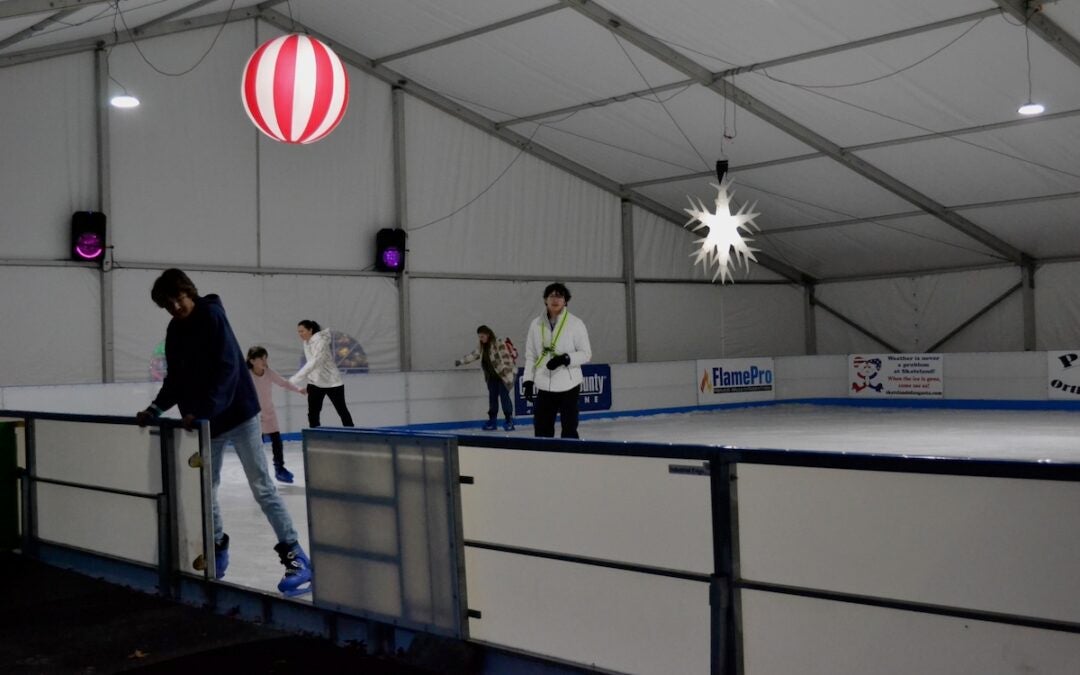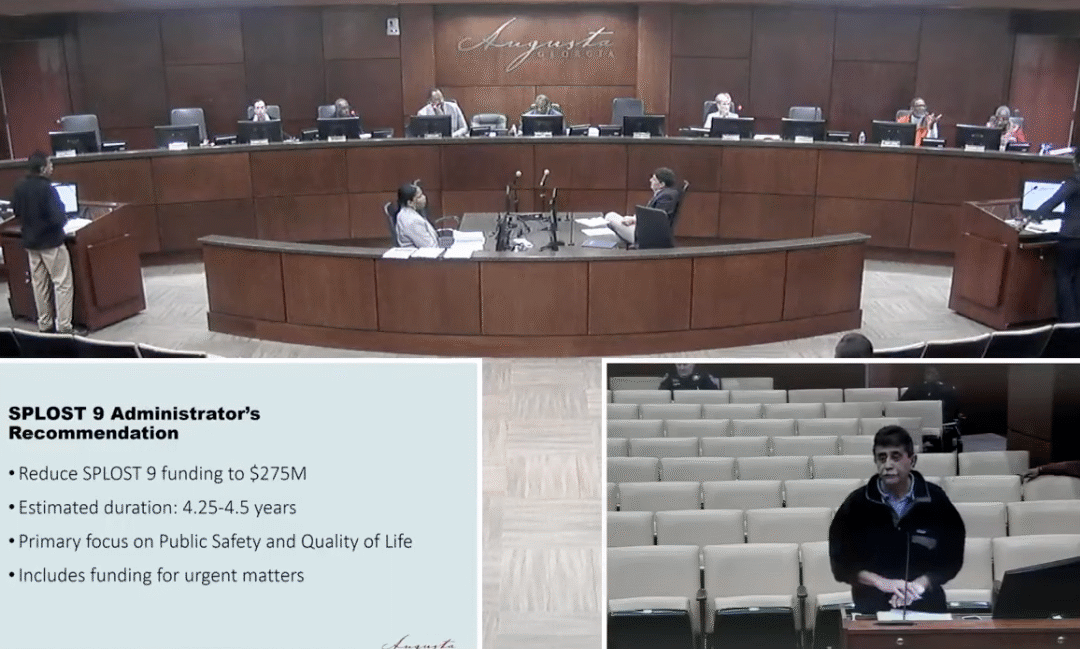Photos have emerged all over social media of alligators seemingly frozen solid in blocks of ice, leaving people to wonder how the beasts survive in such a state.
The photos are living proof of how nature miraculously adapts to an ever changing environment.
About 80 million years ago, during the mid-cretaceous period, Augusta was prime oceanfront property, and most of the climate in what we call southern North America was tropical, creating the perfect environment for cold-blooded reptiles such as alligators.
Despite constant global climate change and even meteor strikes, crocodilians, of which the alligator is a member, continued to thrive by slowly evolving along with the changing environment.
There is a reason there are no reptiles found on Greenland; they simply cannot survive the harsh environment and have never found a way to adapt to the cold.
North American alligators, on the other hand, did find a way to adapt when the climate went from tropical to a dry moderate continental climate. Naturally, plenty of the reptiles migrated to Florida as that part of the continent emerged from the ocean, but the alligators of Texas, Alabama, Georgia and even North Carolina decided to stay put.
Since reptiles cannot regulate their body temperature on their own, they have to find clever ways to avoid freezing to death; and one of those ways is known as “brumation.”
One might think that the last place a cold-blooded animal would seek out in freezing temperatures would be a body of water; but, according to Live Science, that is exactly what alligators do.
Once fully submerged, the alligators position their bodies with their snout sticking just inches out of the water and wait for the water to freeze.
According to NewsWeek, the process of brumation begins to take over and the animal’s metabolism slows to that of just above cardiac arrest with the heart only beating around three times per minute.
The water actually acts like an igloo, trapping the remaining heat below and keeping the animal alive in a sort of suspended animation.
Brumation is different from hibernation in that the animal does not fall asleep and remains mostly aware during this time.
One thing that helps the alligator from actually freezing solid is the animal’s sheer size and girth; it would take more than a fortnight for the weather to freeze a 500-pound Beast ala Jack Nicholson in “The Shining.”
As a native species, American alligators have learned and evolved to adapt and that shows the major differences between native and non-native species.

Some communities in parts of Florida have had to learn to adapt to other species’ failure to do so.
Florida has a soaring population of invasive iguana species, mainly from pets that had grown too large and were released.
Like other reptiles, iguanas can brumate, they just haven’t evolved to figure out where to do it yet.
The species is arboreal and when the weather snaps down to freezing temperatures, they tend to freeze and fall out of the trees; this is why you sometimes see Floridians carry umbrellas on sunny days.
At least alligators have not yet learned to climb trees.
Scott Hudson is the Senior Investigative Reporter and Editorial Page Editor for The Augusta Press. Reach him at scott@theaugustapress.com











